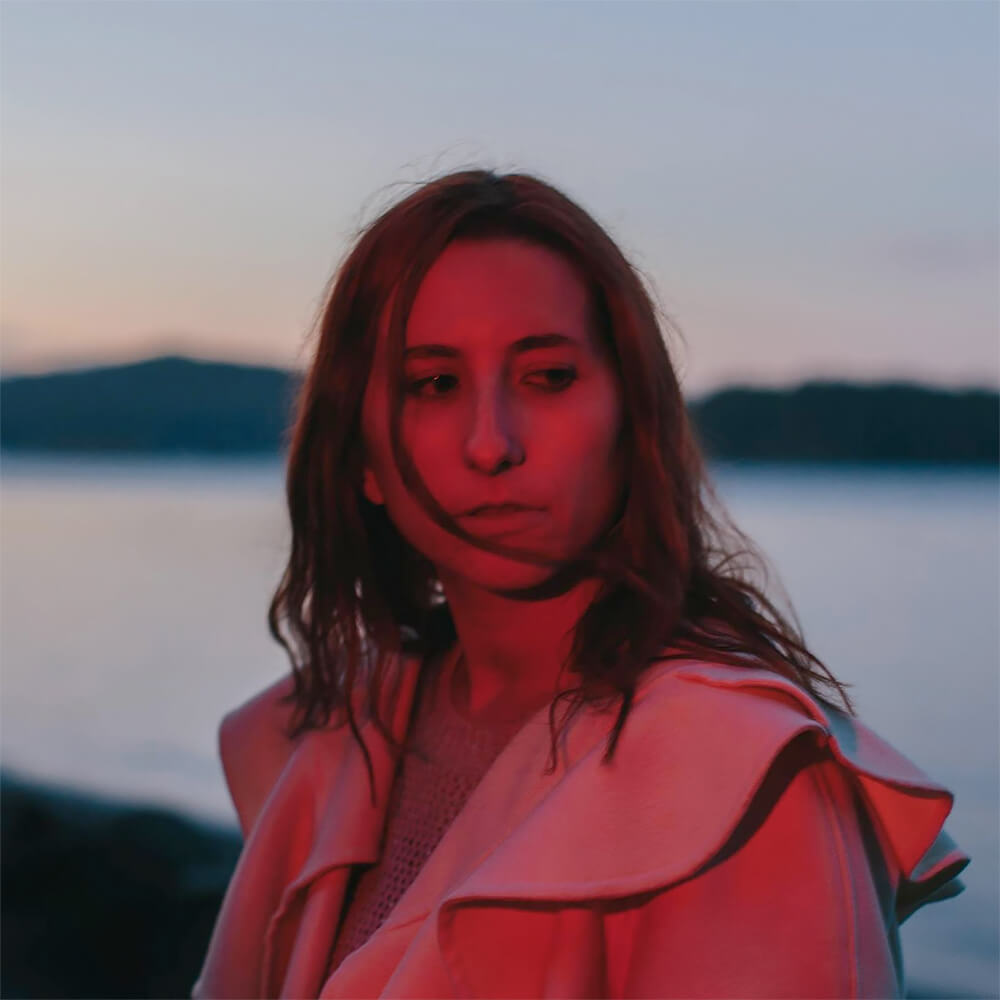Chiara Zonca is a fine art photographer based in Western Canada. She is interested in portraying a connection between her feelings and the surroundings. By seeking isolated spaces as a form of exploration of self, she documents specific moments in time when solitude and open spaces alter her landscape perception.
This shift enables her to see past the present and investigate the earth as a timeless, wide open space where she can then project her narratives.
Her work has been exhibited in Sydney, New York, Los Angeles and London and printed on a variety of publications including
Harper's Bazaar,
The Earth Issue,
Satori Mag,
Jungle Magazine,
NOICE and many more.
In 2019 she released her first monograph,
Desert Portraits, by Scandinavian Publisher
The New Heroes & Pioneers, based on her series Moon Kingdom.
